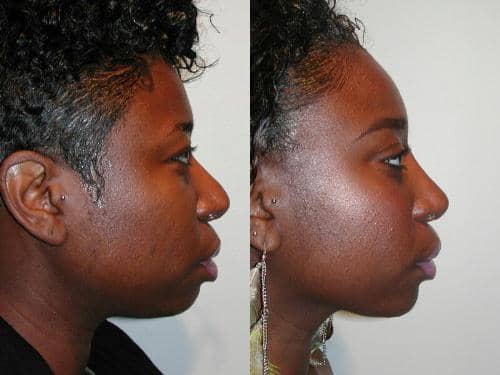Poor nasal implant selection and/or placement are the main reasons for revision rhinoplasty among ethnic patients, a new study suggests.
The study, which appears in Thieme’s Facial Plastic Surgery, included 28 ethnic revision rhinoplasty patients. Seventeen study patients were black, 8 were Hispanic and three were Asian.Of these, the most common reason for revision included pollybeak deformity and persistent bulbous tip.
“A majority of these deformities can be caused by using commercially available nasal implants in ethnic rhinoplasty patients as well as improper placement of the implant,” says study author Oleh Slupchynskyj, MD, a facial plastic surgeon with offices Manhattan and Chatham, New Jersey.
Specifically, most implants were placed in the wrong tissue layer within the nose and the pocket created for the implants were not adequate for the size of the implant, Slupchynskyj reports. “To achieve proper aesthetic results in ethnic rhinoplasty patients, nasal implants must be tailored to fit each individual nose,” he writes.
In the study, desirable aesthetic results were achieved in all patients by removing the existing nasal implants and replacing them with custom-carved silicone implants.




